Language
You can read the magazine in one of the following languages
Whether you are paling into insignificance in the shadows of the world’s tallest building – the Burj Khalifa – strolling excitedly around Doha’s The Pearl Island or looking out in awe at the spectacularly designed Palm Jumeirah complex, you can’t help but appreciate the Middle East’s abundance of architectural landmarks.
Here, at the forefront of technological advancement, architecture and engineering continually push the limits of what’s possible. When talking about the Middle East, innovation and acceleration are never far from the conversation.
Beyond their mind-blowing modernity, these projects also have one very important asset in common. They all utilize the most environmentally sustainable air-cooling method on the planet – district cooling.
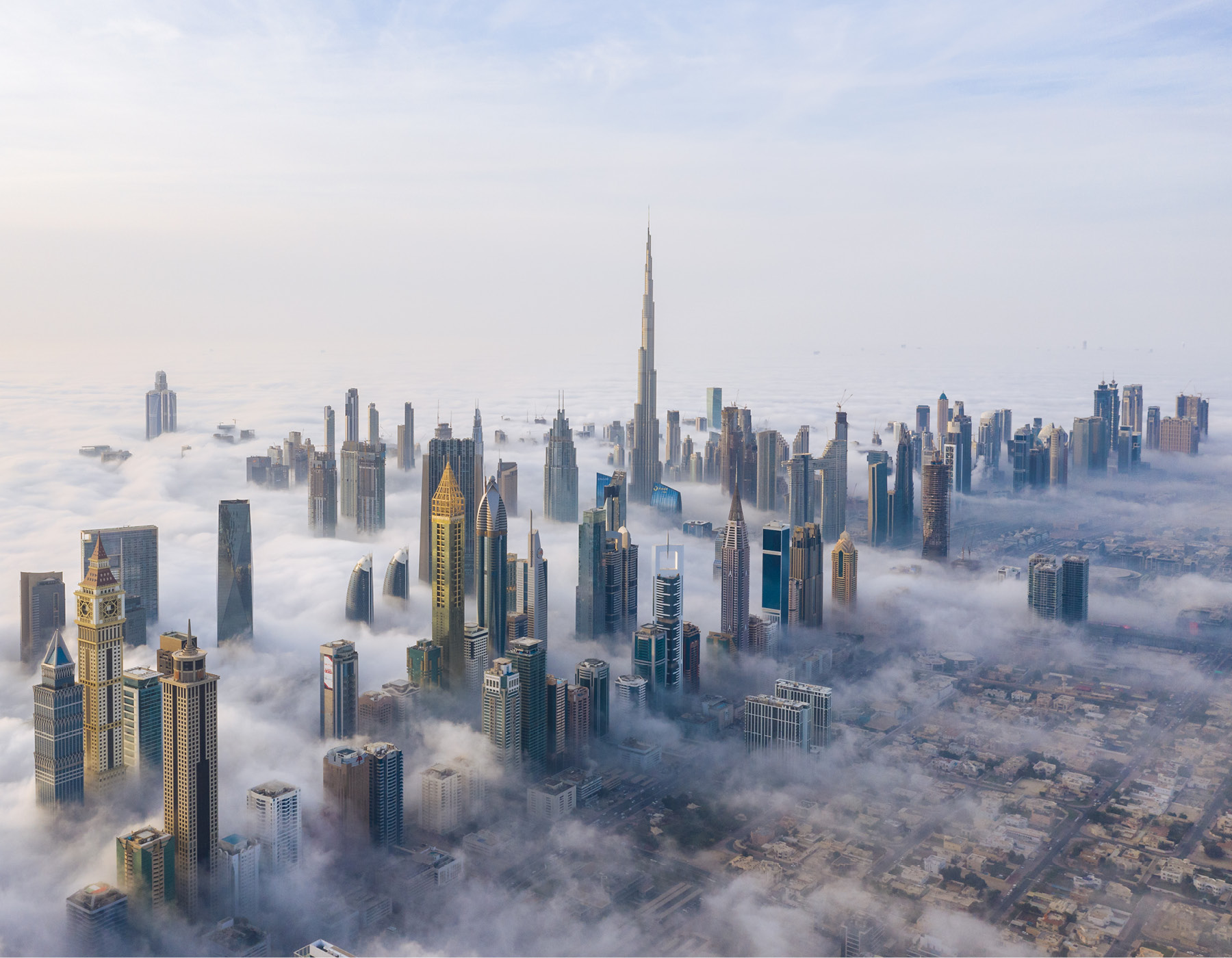
The cost of air conditioning in the Gulf dwarfs all other energy cost.
An insulated pipeline delivers chilled water – either regular water or seawater – to industrial and residential buildings within the same network, with units then using the water to lower the temperature of air passing through the air-conditioning systems.
The cost of air conditioning in the Gulf dwarfs all other energy costs. In Qatar, it equates to 60–70 percent of all electricity, and in the United Arab Emirates that rises to a staggering 85 percent.
With temperatures in the Middle East expected to rise by five degrees Celsius by 2050, a rate that is twice the global average, implementing greener air-cooling alternatives is already beyond crucial, and district cooling is proving to be a step in the right direction.
Early adopters of the technology, and with new combined commercial and residential developments being built specially with this grand-scale air-cooling system in mind, the United Arab Emirates, Qatar and Saudi Arabia are leading the push for this renewable energy.
Indeed, Zhuolun Chen, Senior Advisor at the Copenhagen Centre on Energy Efficiency, reported district cooling had a global growth of more than 10 percent due largely to the momentum building in the Middle East and Asia.
The biggest district cooling services provider by capacity, Dubai-based Empower, boasts a portfolio featuring the likes of the Palm Jumeirah, Dubai International Airport and the Dubai International Financial Centre.
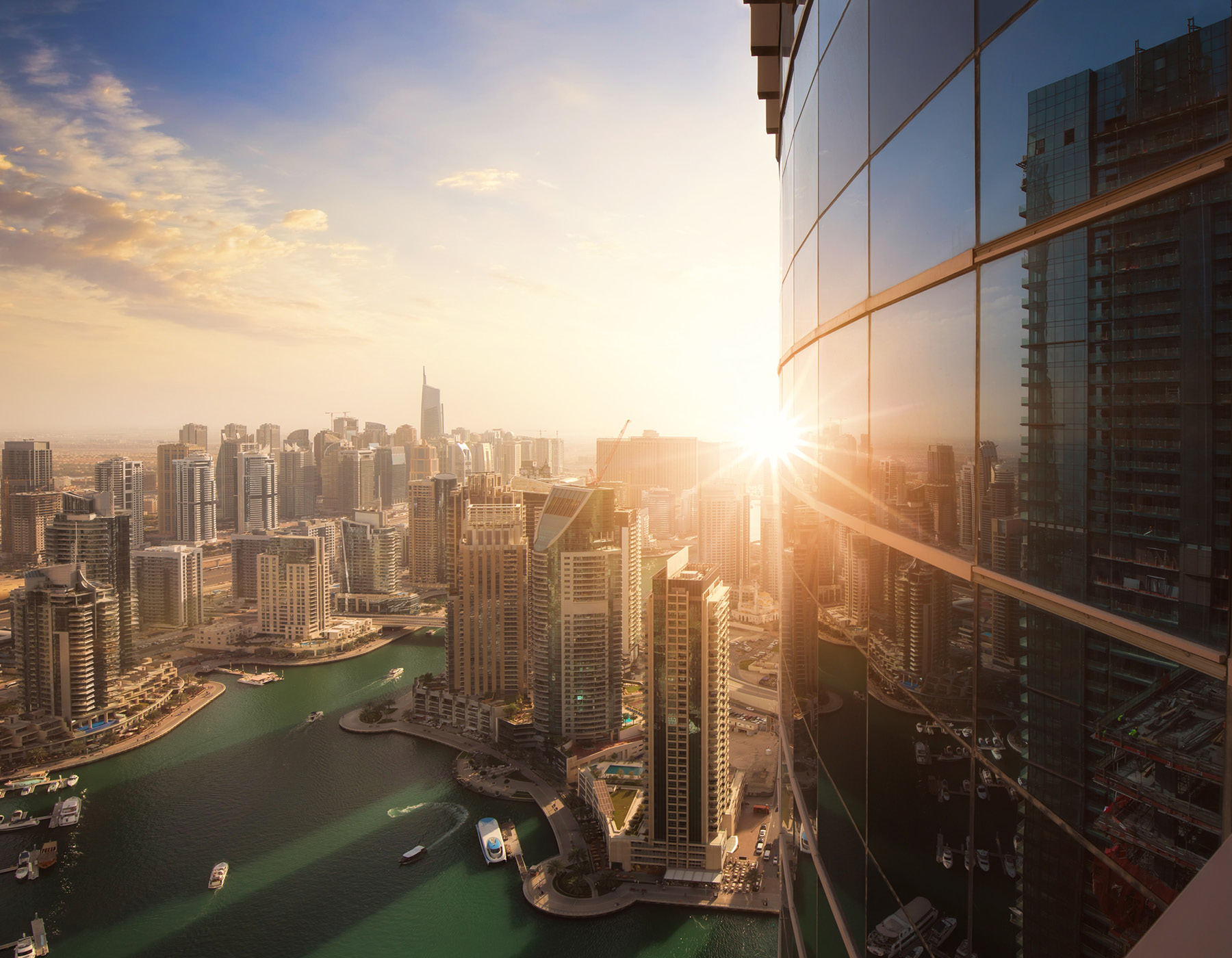
Implementing greener air-cooling alternatives is already beyond crucial, and district cooling is proving to be a step in the right direction.
The company saw the number of buildings which use its services rise substantially in 2022 to 1,463, and now supplies more than 80 percent of Dubai’s district cooling market.
“Energy consumption during the summer remarkably doubles as air conditioning consumes 70 percent of the total electrical supplies to buildings in the region,” Empower CEO Ahmad bin Shafar said in a statement. “However, thanks to our most advanced technologies, Empower’s district cooling systems reduce up to 50 percent of electricity consumption compared to traditional cooling systems.”
Across the Persian Gulf in Qatar, there has been a lot of recent media attention regarding air cooling innovation, particularly with its hosting of the FIFA World Cup at the end of last year.
But the nation wouldn’t have been in a position to even host the sporting extravaganza without the work done in the lead-up by Saud Abdulaziz Abdul Ghani.
Nicknamed Dr Cool, Qatar University’s Saud was enlisted to the bid team in 2009 to help create a solution for the extreme heat that might be felt by players and fans in the stadiums throughout the tournament.
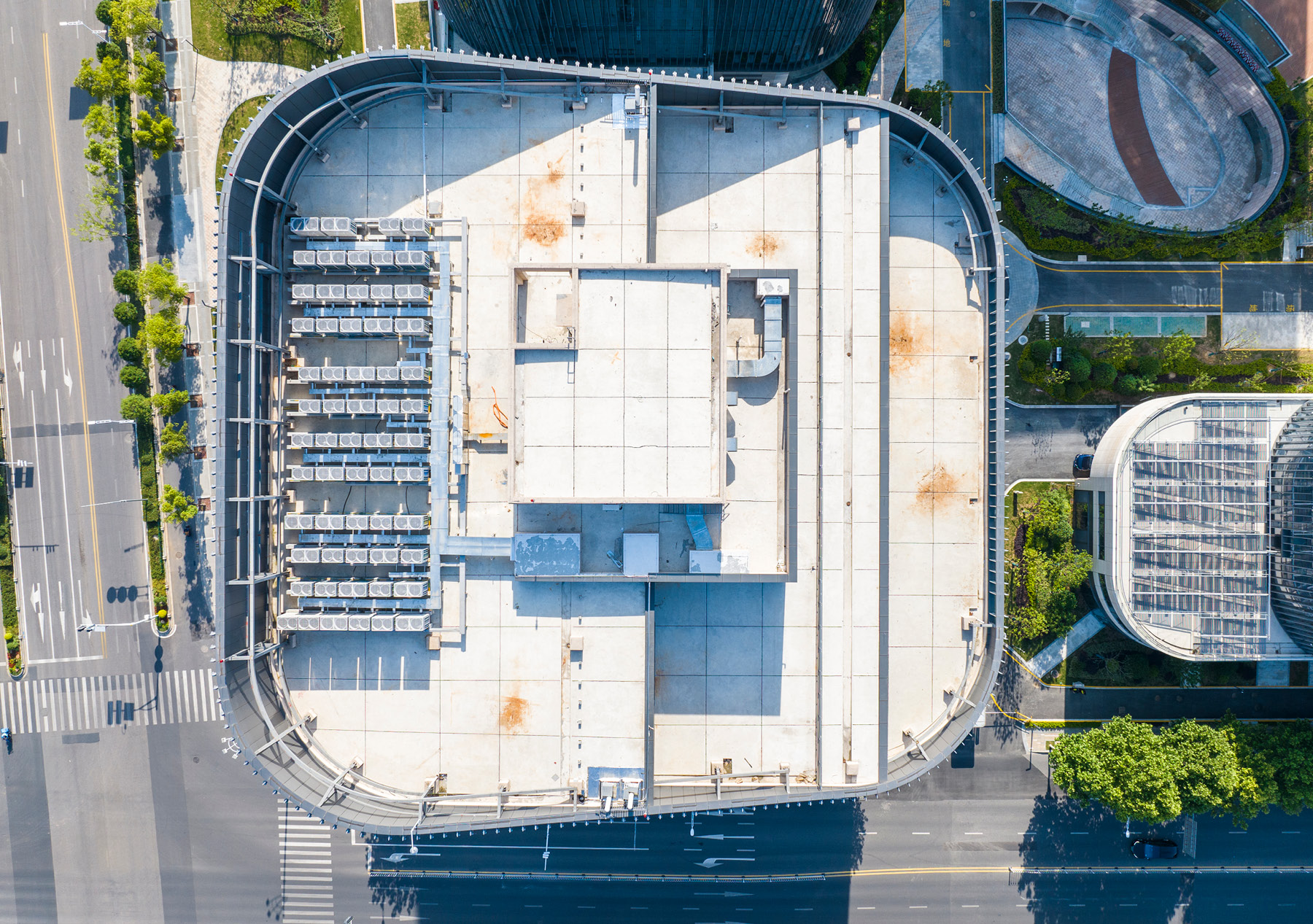
Through vents in the stands and large distributors on the pitch, cooled air was constantly circulated.
The engineering professor came up with a targeted or spot cooling technique that focused on where the people were. Through vents in the stands and large distributors on the pitch, cooled air was constantly circulated. Released, then drawn back in, rechilled, cleaned and sent out again.
“We are not just cooling the air, we’re cleaning it,” Saud said in an interview. “We’re purifying the air for spectators. For example, people who have allergies won’t have problems inside our stadiums. We have the cleanest and purest air there is.”
This cooling method is believed to be 40 percent more sustainable than other existing options. And only needing to start the air conditioning two hours prior to a game, the energy costs of the venue also come in substantially cheaper.
While the World Cup lasted about a month, the technology is expected to aid Qatar and the Middle East long into the future.
“Our stadiums can be used 24/7, all year round, leaving a legacy for Qatar after the tournament – and leaving no white elephants,” Saud continued. “The reason I joined the 2022 team was to serve the Arab region so that people here appear to others around the world in a different light. The Middle East has a lot to offer and there’s nothing better than football to show that.”
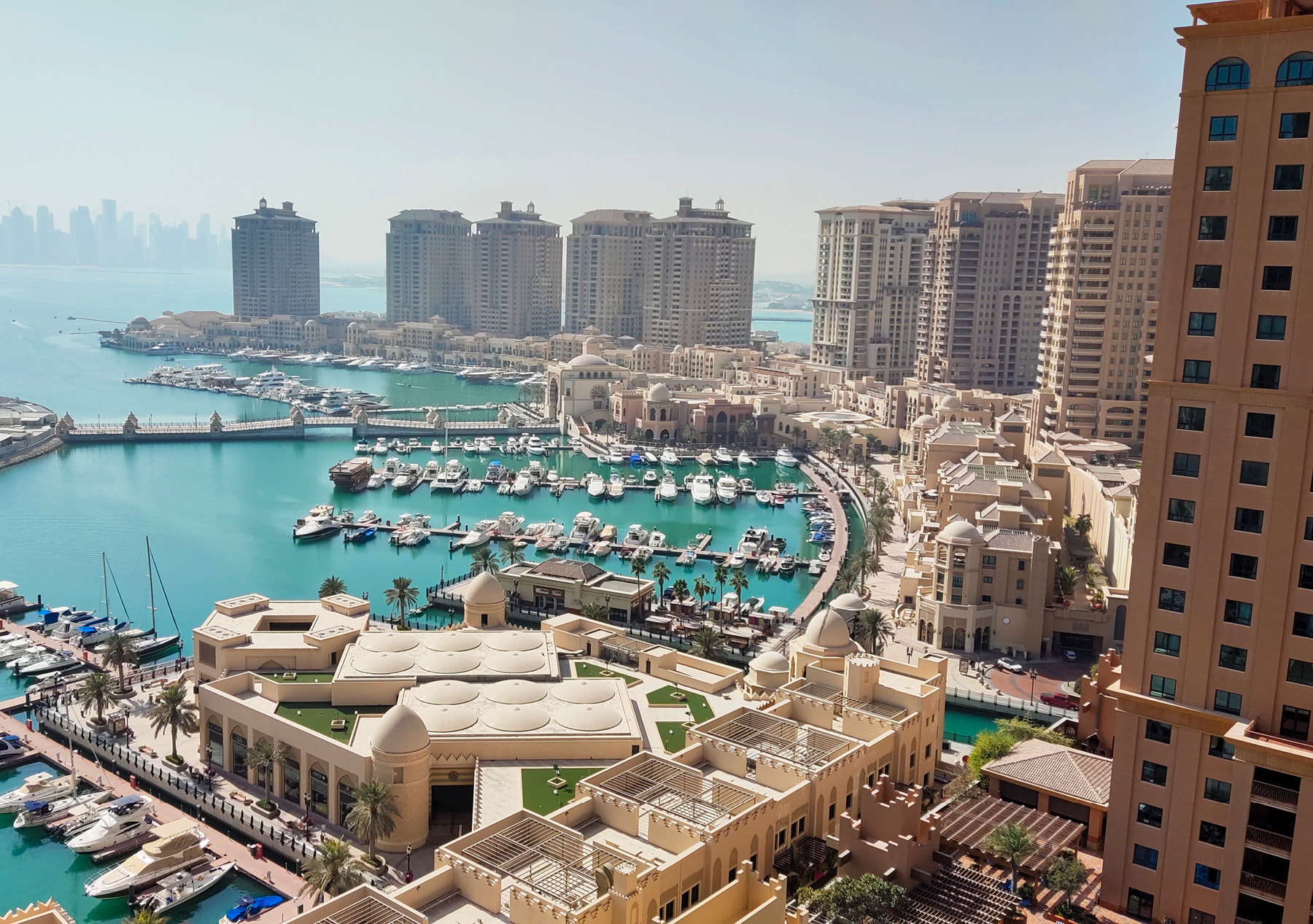
Qatar also lays claim to the world’s first open, outdoor air-conditioned shopping mall – Katara Plaza.
During his research and testing, he even found that a slight alteration of Al Bayt Stadium’s darker facade to a lighter one brought down the temperature of the stadium’s interior by approximately five degrees Celsius.
He now hopes his technology will be implemented in other countries of similar climates. He even opted not to patent an under-seat diffuser he produced to enhance spectator comfort so that the scientific community could use the technology to develop further advancements in this space.
Qatar also lays claim to the world’s first open, outdoor air-conditioned shopping mall – Katara Plaza. A marvel of modern engineering, the hottest and most humid days in Doha have become more bearable thanks to state-of-the-art, sustainable ground cooling technology.
However, the United Nations Climate Change Conference (COP28) in Dubai in November could showcase the greatest innovation in sustainable air cooling solutions yet.
Hyperganic Technologies, an AI-based design-software firm in Munich, has partnered with EOS – a German industrial 3D printer – and Abu Dhabi’s Strata Manufacturing to reinvent a critical component of the traditional air conditioner.
Household air conditioners today generally push out warm air through a heat exchanger, which compresses a refrigerant gas into liquid form. These exchangers require a huge amount of electricity and surface area.
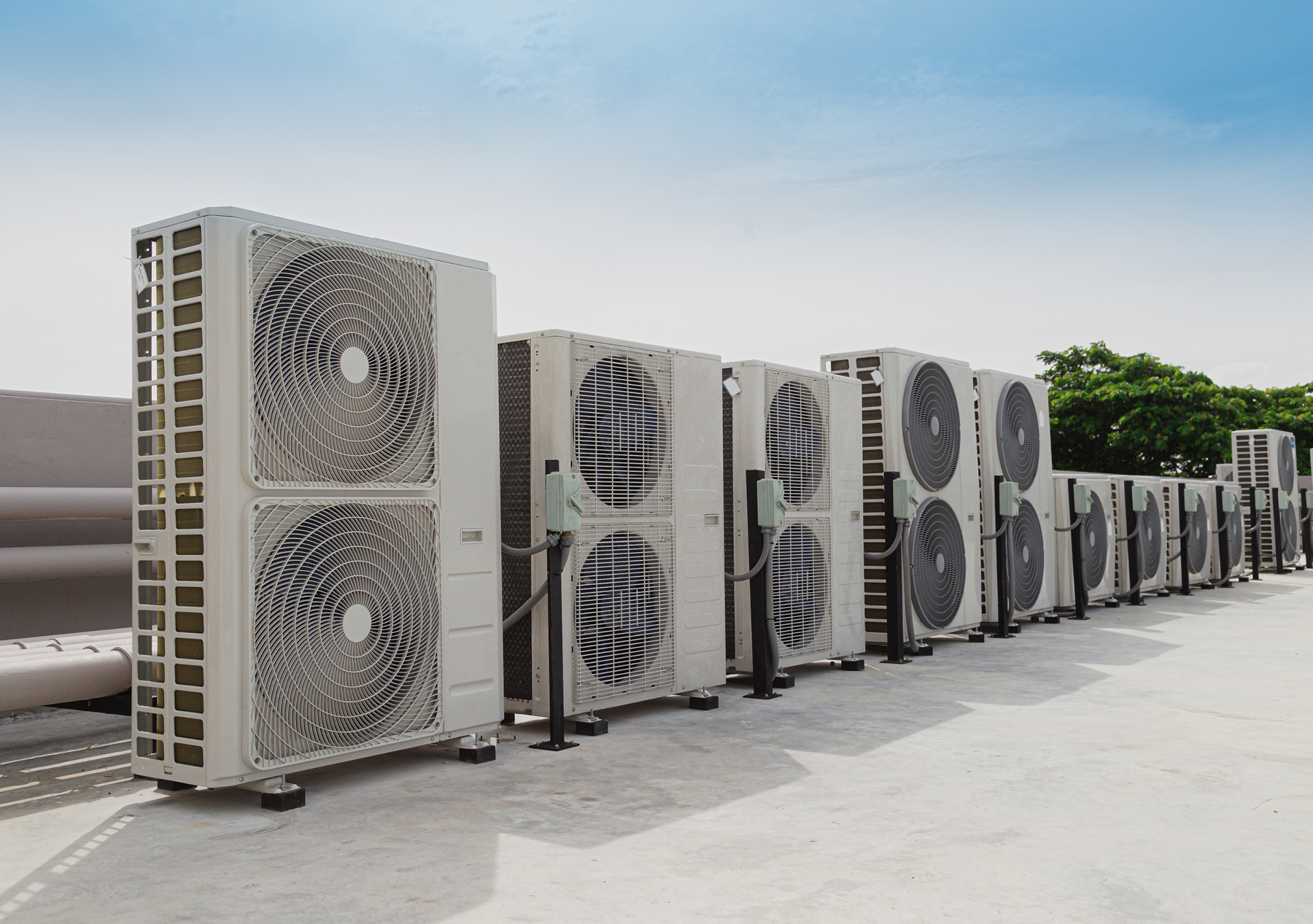
Household air conditioners today generally push out warm air through a heat exchanger, which compresses a refrigerant gas into liquid form.
The cooperation led by Hyperganic, on the other hand, has already 3D printed a host of heat exchangers that use elements inspired by plant life. This supposedly acts to expand the surface area and improve airflow.
Early results are believed to be very positive, and a prototype is being readied for COP28.
“This project can only succeed when engineering and manufacturing are deeply integrated,” EOS Founder Hans J Langer said at the time of the announcement. “We will engage with our UAE-based partners to significantly advance the state-of-the-art of technology further.”
